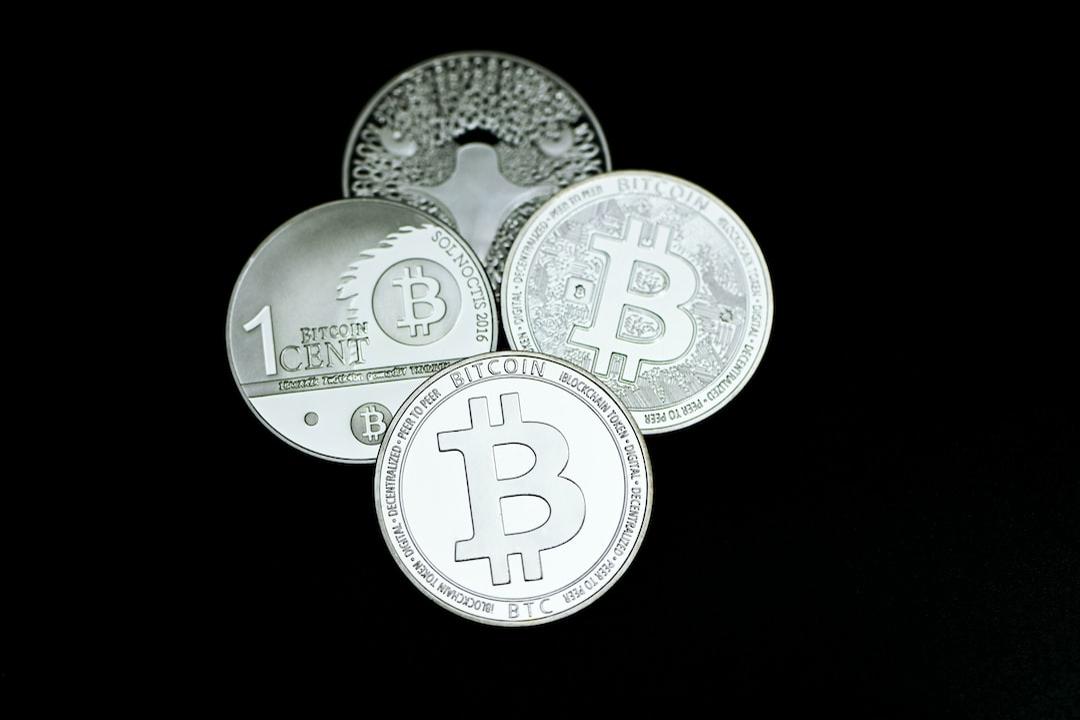Interest Rate Perpetual Swaps: A Missing Piece in the DeFi Ecosystem?
This article is based on a research tweet by @defiance_cr, organized, compiled, and rewritten by Zhouzhou, BlockBeats.
(Background: The market is dull; here’s a review of nine DeFi protocols that have not yet issued tokens for “yield mining.”)
(Supplementary background: Analysis – What type of on-chain player are you? Airdrops, DeFi, or trading: which is right for you?)
Editor’s Note:
DeFi lacks tools like CME’s interest rate perpetual contracts, leading to significant interest rate volatility and the inability to hedge risks. Introducing interest rate perpetuals can help both lenders and borrowers lock in rates, achieve arbitrage and risk management, and facilitate the integration of DeFi with TradFi, improving market efficiency and stability.
Original Content (Edited for Readability):
At the Chicago Mercantile Exchange (CME), the daily trading volume of interest rate futures exceeds one trillion dollars. This immense trading volume primarily comes from banks and asset managers, who operate by hedging risks between floating rates and the fixed-rate loans they have issued.
In DeFi, we have established a thriving market for floating rate lending, with a total locked value exceeding 30 billion dollars. Pendle’s incentivized order book has demonstrated a liquidity of over 200 million dollars in a single market, showcasing a strong market demand for interest rate spot products.
However, we still lack a DeFi-native tool analogous to CME interest rate futures that can hedge interest rate risks for both lenders and borrowers (IPOR swaps do not count as they are too complex).
To understand why we need this tool, we must first comprehend how interest rates operate in DeFi.
Taking AAVE as an example, its interest rates are adjusted based on supply and demand dynamics. However, AAVE’s supply and demand are not isolated; they nest within the broader context of the global economy.
By comparing the smoothed floating interest rate of USDC on AAVE with the price of 10-year U.S. Treasury futures at CME, we can observe this macroeconomic correlation:

The trend of AAVE’s USDC interest rate aligns with global interest rates, albeit with some lag. This lag is primarily due to the lack of an immediate linkage mechanism between global rates and AAVE’s rates.
It is precisely this disconnect that allows the supply and demand dynamics of the crypto market to play a more significant role in shaping interest rates. When we remove the smoothing and directly compare AAVE’s rates with global 10-year Treasury rates, this phenomenon becomes even more evident:

AAVE’s interest rate exhibits significant volatility, and for most of the time, it carries a substantial premium compared to the U.S. 10-year Treasury rate.
The fundamental reason for this premium remains the lack of a direct connection between these two markets. If there were a simple, two-way connectivity mechanism between DeFi and TradFi’s interest rates for hedging or arbitrage purposes, it would better integrate the two ecosystems.
Interest Rate Perpetual Swaps are precisely the best way to achieve this. Perpetual contracts have already been validated by the market for product-market fit (PMF); establishing a perpetual market covering AAVE rates and U.S. Treasury rates would bring about tremendous change.
For example:
For borrowers, they could go long on a perpetual contract pegged to the AAVE borrowing rate. If the annual borrowing rate spikes from 5% to 10%, the price of this perpetual contract would rise, thereby hedging against the risk of rising costs.
Conversely, if rates fall, borrowing becomes cheaper, but the perpetual position incurs losses, akin to paying an “insurance premium.” In this way, borrowers effectively lock in an efficient fixed rate through borrowing + going long on the perpetual contract.
For stablecoin lenders, they could short an interest rate perpetual contract based on stablecoin lending rates. If lending yields decline, the short position on the perpetual contract profits, offsetting the loss from reduced loan income; if yields rise, the short incurs losses, but interest income increases, creating a hedge.
Moreover, these contracts can utilize high leverage. In CME’s interest rate market, a 10x leverage is a common configuration.
Having a liquid interest rate market can also mitigate cascading reactions during market pressure. If market participants hedge in advance, they will not be forced into massive withdrawals or liquidations due to interest rate fluctuations.
More importantly, this also opens the door for truly long-term fixed-rate loans — if this interest rate perpetual contract is fully DeFi-native, it can be utilized by various protocols for long-term rate hedging, thereby providing users with fixed-rate loans.
In traditional finance, hedging interest rate risk is standard practice, and most long-term loans are backed by interest rate hedging tools.
Introducing this mechanism into DeFi would not only enhance efficiency but also attract more TradFi players into this market, truly bridging the gap between DeFi and TradFi.
We can make the market more efficient, and all it takes is the emergence of an interest rate perpetual contract.



